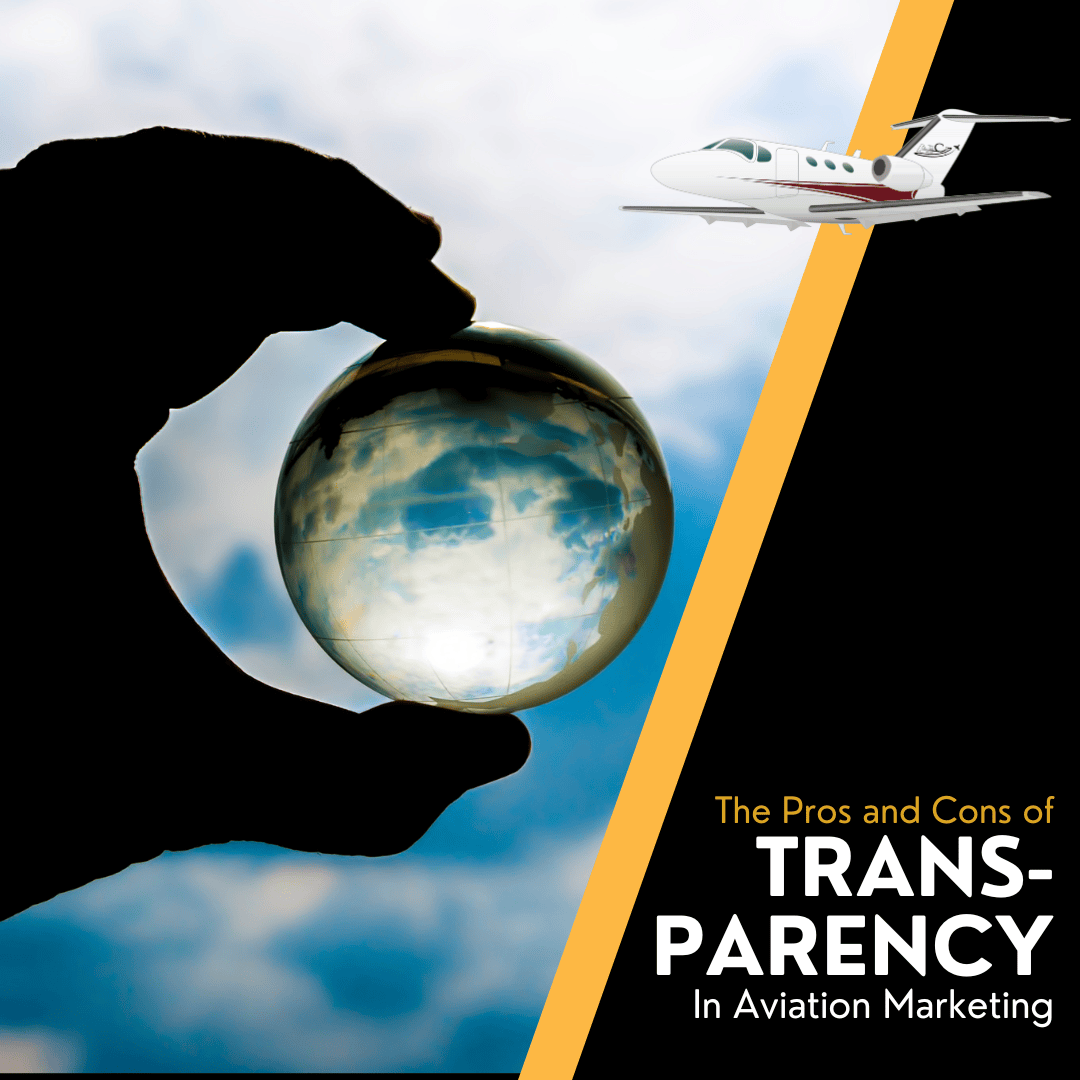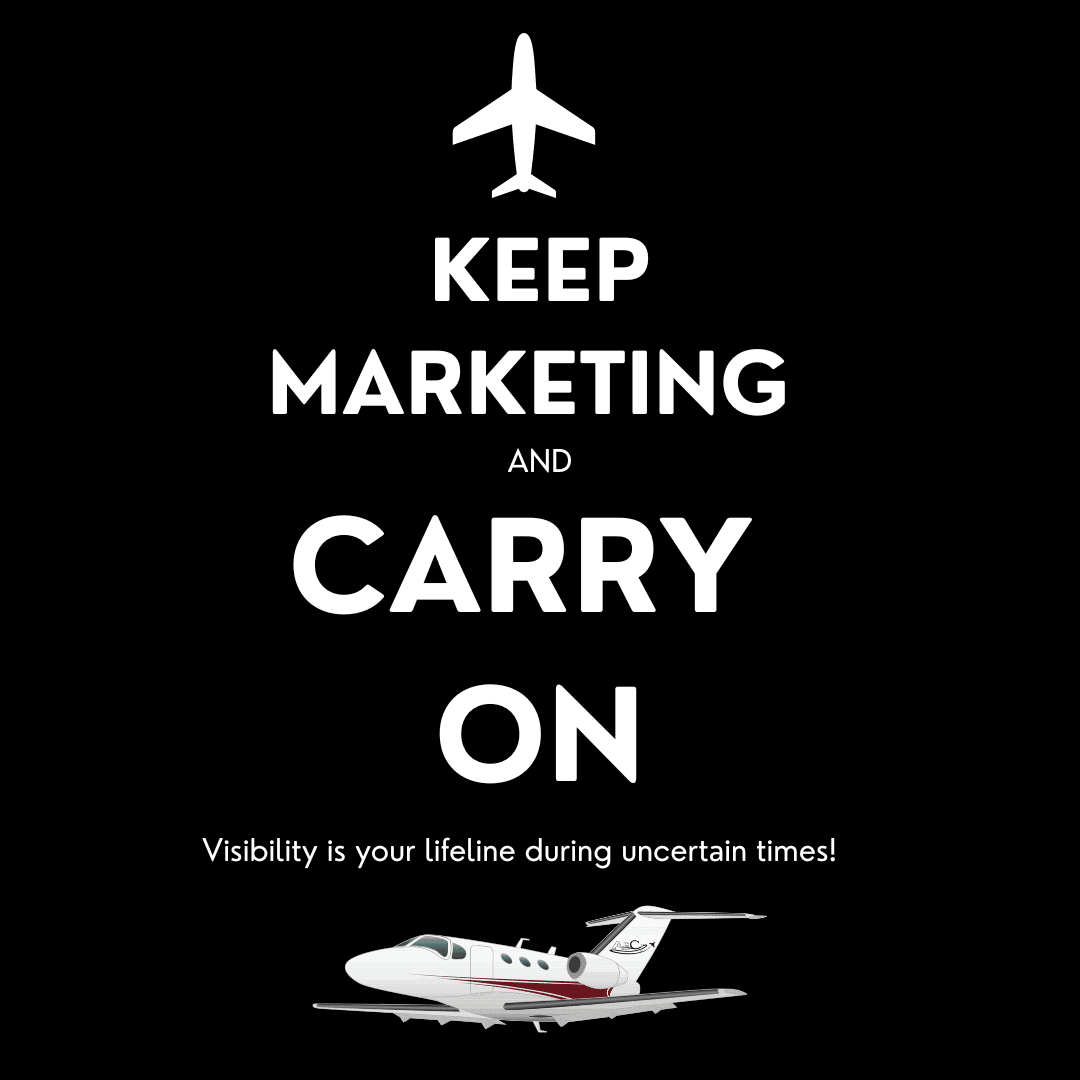
The Growth Story: Key Drivers of Southeast Asia’s Aviation Boom
1. E-commerce as a Key Driver
2. Infrastructure Investments
3. Fleet Expansion
4. Air Cargo and Logistics Growth
Challenges in B2B Aviation Marketing
- Complex Decision-Making Processes: Stakeholders in aviation operations, such as airport authorities and MRO service providers, often require long sales cycles with multiple touchpoints.
- Intense Competition: Both local players and global giants are vying for market share.
- Cultural and Regulatory Diversity: Each market in Southeast Asia has distinct business customs, regulatory frameworks, and operational needs.
1. Position Yourself as a Trusted Partner
- Case Studies: Publish success stories demonstrating how your solutions improved efficiency or reduced costs for aviation clients.
- Thought Leadership: Share industry insights through white papers, webinars, and articles to position your company as an expert in Southeast Asia’s aviation ecosystem.
2. Leverage Industry Events and Networking Opportunities
- Showcase Products: Exhibit your services and innovations to a targeted audience of decision-makers.
- Build Relationships: Connect with potential clients and partners in an environment conducive to business discussions.
- Host Panels or Talks: Establish authority by presenting on relevant topics like sustainable aviation or digital transformation.
3. Data-Driven Lead Generation
- Market Segmentation: Use tools like SEMrush to analyze potential clients by industry type, region, and size.
- ABM (Account-Based Marketing): Focus on key accounts, creating highly personalized marketing campaigns for high-potential businesses such as airport operators, cargo carriers, or aviation leasing firms.
- Targeted Content: Provide tailored solutions to prospects based on their specific challenges, such as streamlining MRO operations or improving air cargo efficiency.
4. Collaborative Marketing with Complementary Businesses
- Joint Campaigns: Collaborate with manufacturers, MRO providers, or airport technology firms to offer bundled solutions.
- Strategic Alliances: Work with Southeast Asian tourism boards or e-commerce platforms to showcase your logistics capabilities.
5. Focus on Sustainability Messaging
- Promote Green Initiatives: Highlight fuel-efficient aircraft, carbon offset programs, or energy-efficient MRO processes.
- CSR (Corporate Social Responsibility) Campaigns: Showcase your participation in regional sustainability projects, such as solar-powered airport facilities.
6. Maximize Digital Marketing Channels
- LinkedIn Campaigns: Use LinkedIn to connect with procurement managers, airport operators, and decision-makers in the aviation industry.
- Email Marketing: Share valuable insights, such as reports on aviation trends, through targeted email campaigns.
- SEO and PPC: Optimize your website for keywords like aviation B2B solutions Singapore and aviation marketing services in Kuala Lumpur to improve visibility among Southeast Asia’s business community.
Case Study: AirAsia’s B2B Success in Kuala Lumpur
AirAsia’s expansion at Kuala Lumpur International Airport (KLIA) is a testament to the power of strategic partnerships and well-executed B2B marketing. As one of the region’s largest low-cost carriers, AirAsia identified the growing demand for logistics and cargo services driven by Southeast Asia’s e-commerce boom. Collaborating with local businesses, including small and medium enterprises (SMEs) and logistics providers, AirAsia positioned itself as a reliable partner for time-sensitive cargo and freight solutions.
In 2024, AirAsia increased its fleet size from 79 to 92 aircraft and expanded its daily flights from 230 to 258 at KLIA . These strategic moves have enabled the airline to cater to the rising demand for domestic and regional cargo transport, particularly for platforms like Lazada, Shopee, and other regional e-commerce giants .
The company’s focus on delivering value to its B2B partners is reflected in its dedicated cargo services, which now account for a significant portion of its revenue. AirAsia’s logistics arm, Teleport, has enhanced its capabilities by leveraging digital tools to optimize operations, improve efficiency, and meet client demands . This approach has solidified AirAsia’s reputation as a trusted logistics partner for businesses across the ASEAN region.
By emphasizing customer-centricity, reliability, and innovation, AirAsia has demonstrated the effectiveness of targeted B2B marketing strategies, making it a model for other aviation companies seeking to thrive in Southeast Asia’s dynamic market.














